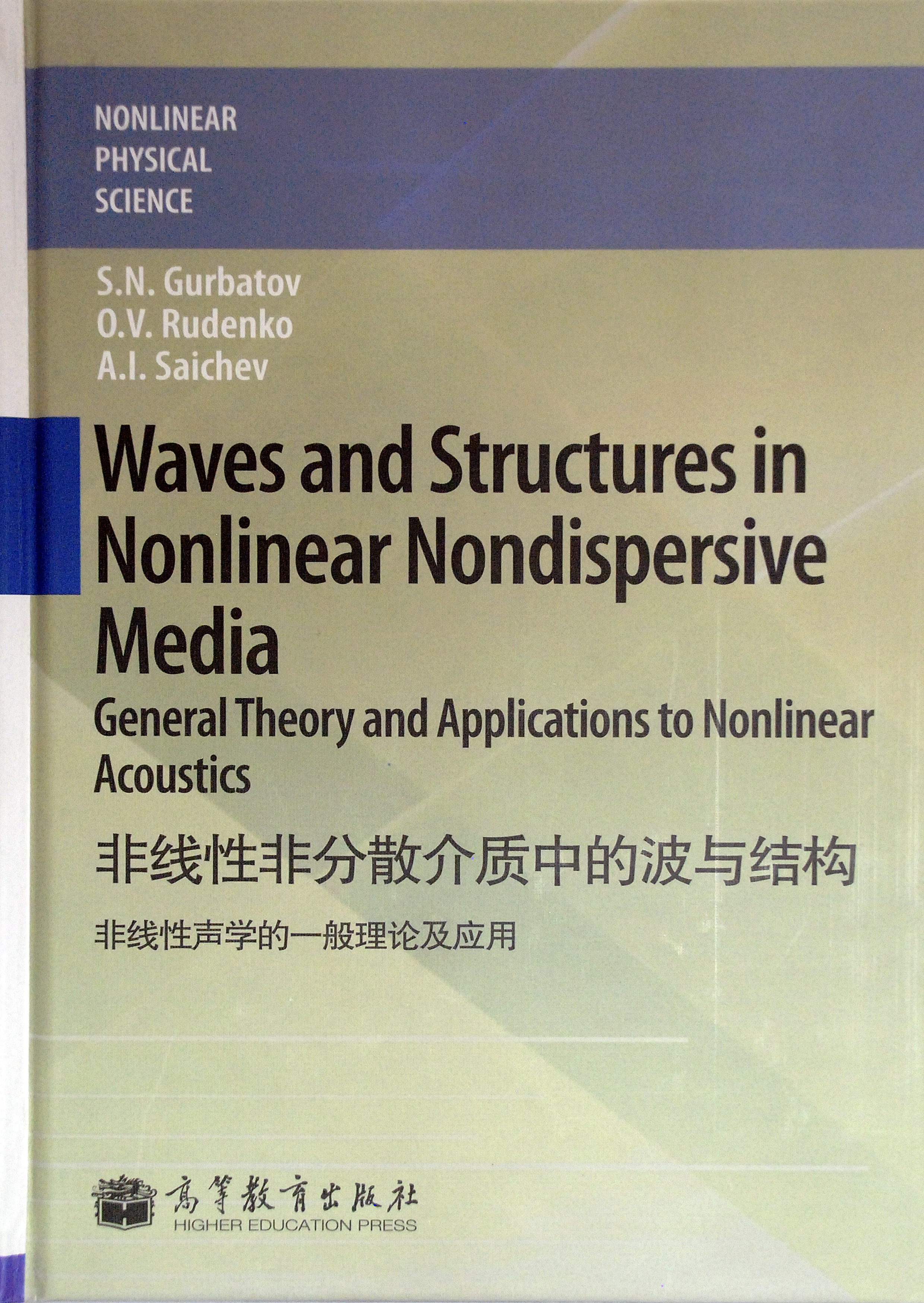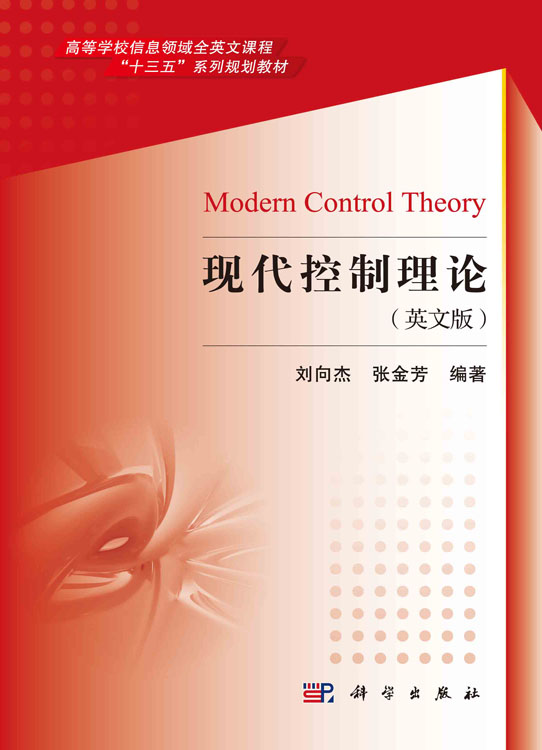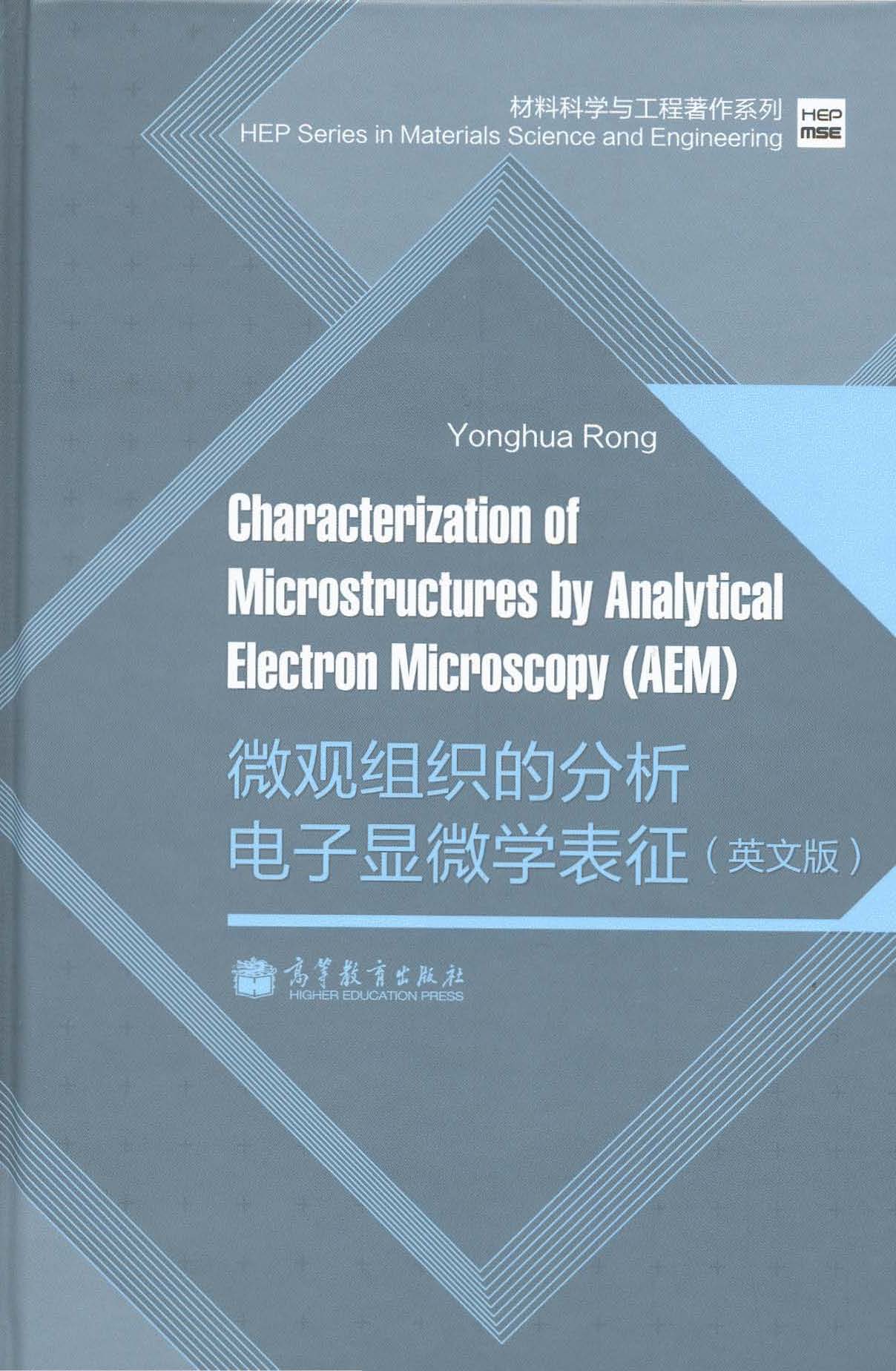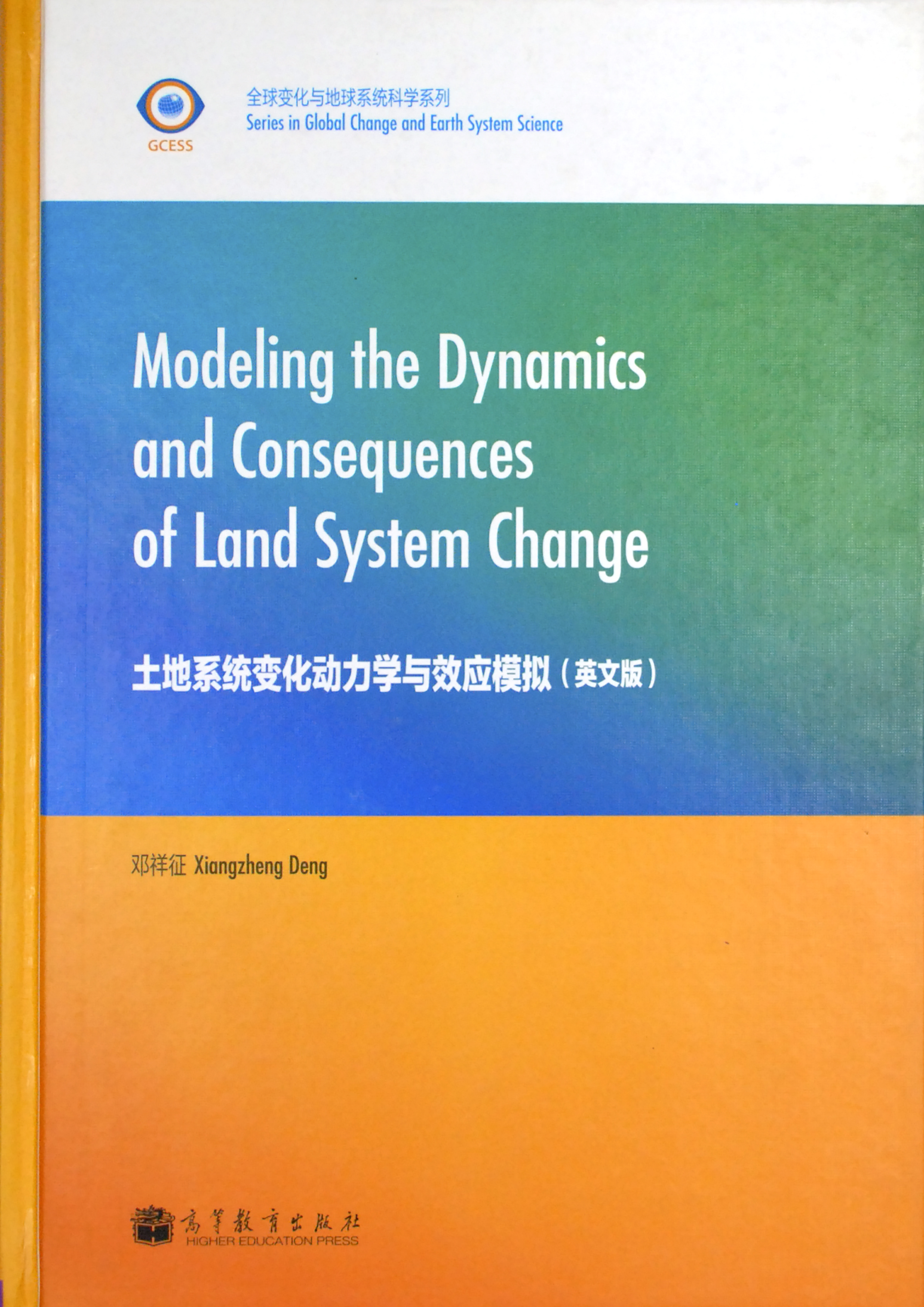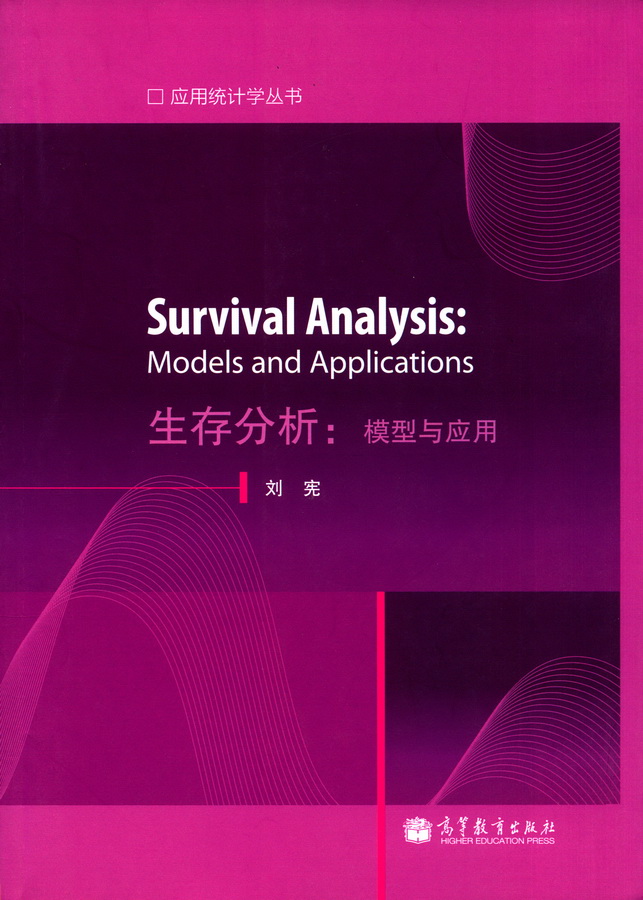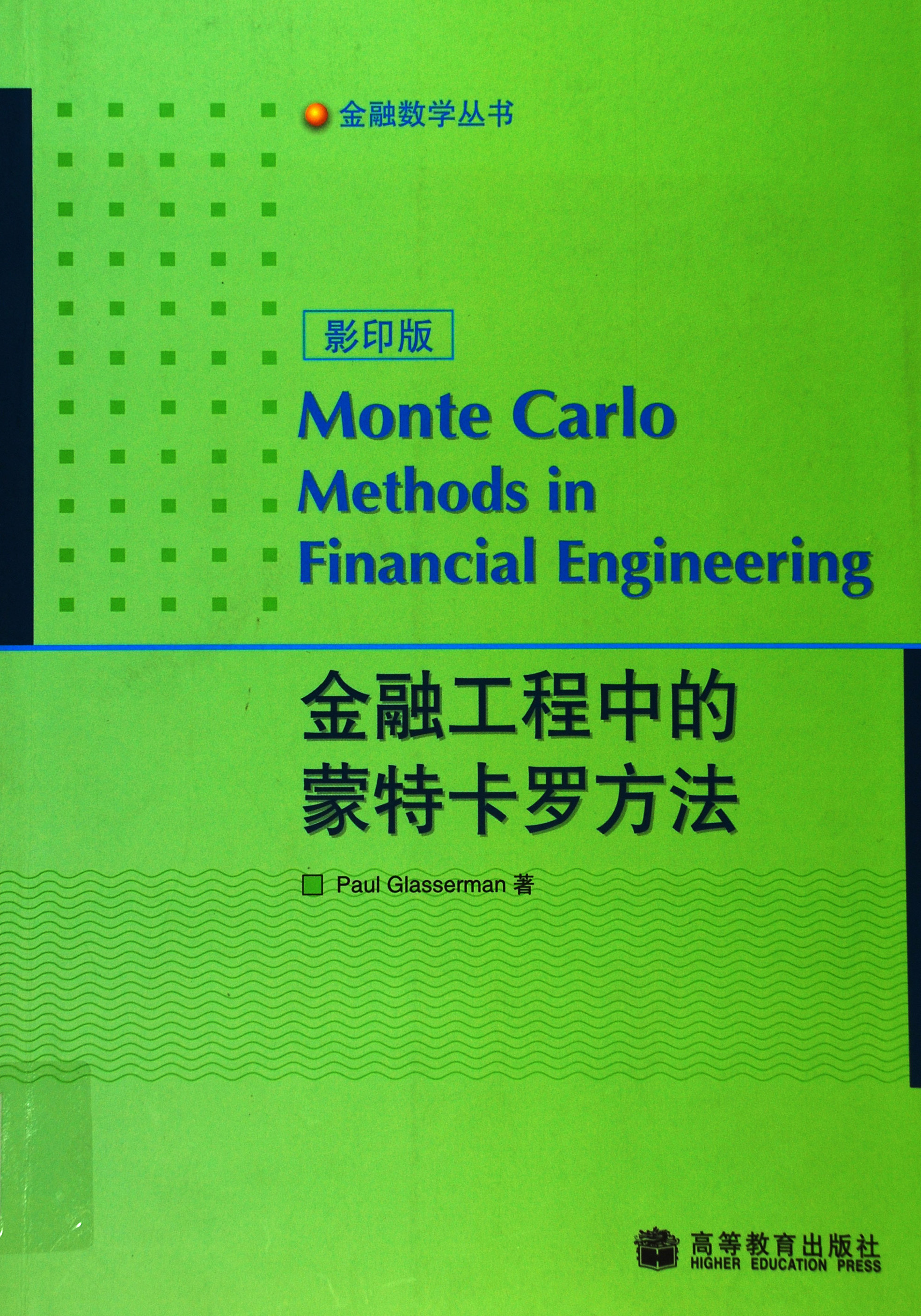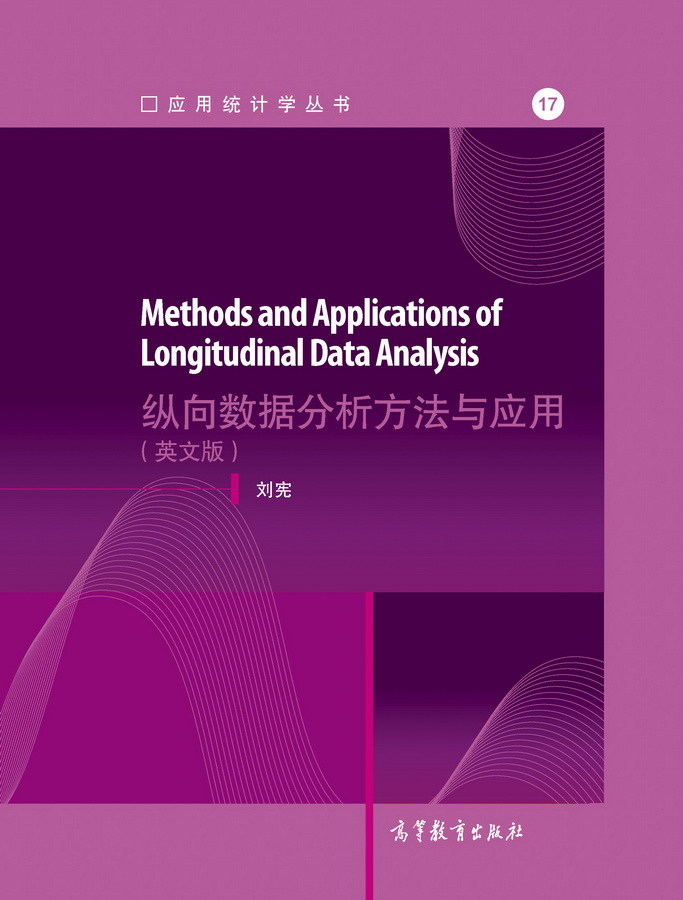Waves and structures in nonlinear nondis / 非线性物理科学
作者: S.N. Gurbatov, O.V. Rudenko,
出版时间:2011-08-30
出版社:高等教育出版社
- 高等教育出版社
- 9787040316957
- 1
- 300126
- 精装
- 16开
- 2011-08-30
- 580
- 472
《非线性非分散介质中的波与结构:非线性声学的一般理论及应用》结合数学模型介绍了非线性非分散介质中的波和结构的基础理论。全书分成两部分:第ⅰ部分给 出了很多具体的例子,用于阐明一般的分析方法;第ⅱ部分主要介绍非线性声学的应用,内容包括一些具体的非线性模型及其精确解,非线性的物理机理,锯齿形波 的传播,自反应现象,非线性共振及在工程、医学、非破坏性试验、地球物理学等的应用。
《非线性非分散介质中的波与结构:非线性声学的一般理论及应用》是硕士生和博士生学习具有各种物理性质的非线性波理论非常实用的教材,也是工程师和研究人员在研究工作中遇到需要考虑和处理非线性波因素时一本很好的参考书。
Front Matter
Part I Foundations of the Theory of Waves in Nondispersive Media
1 Nonlinear Equations of the First Order
1.1 Simple wave equation
1.1.1 The canonical form of the equation
1.1.2 Particle flow
1.1.3 Discussion of the Riemann solution
1.1.4 Compressions and expansions of the particle flow
1.1.5 Continuity equation
1.1.6 Construction of the density field
1.1.7 Momentum-conservation law
1.1.8 Fourier transforms of density and velocity
1.2 Line-growth equation
1.2.1 Forest-fire propagation
1.2.2 Anisotropic surface growth
1.2.3 Solution of the surface-growth equation
1.3 One-dimensional laws of gravitation
1.3.1 Lagrangian description of one-dimensional gravitation
1.3.2 Eulerian description of one-dimensional gravitation
1.3.3 Collapse of a one-dimensional Universe
1.4 Problems to Chapter 1
References
2 Generalized Solutions of Nonlinear Equations
2.1 Standard equations
2.1.1 Particle-flow equations
2.1.2 Line growth in the small angle approximation
2.1.3 Nonlinear acoustics equation
2.2 Multistream solutions
2.2.1 Interval of single-stream motion
2.2.2 Appearance of multistreamness
2.2.3 Gradient catastrophe
2.3 Sum of streams
2.3.1 Total particle flow
2.3.2 Summation of streams by inverse Fourier transform
2.3.3 Algebraic sum of the velocity field
2.3.4 Density of a “warm” particle flow
2.4 Weak solutions of nonlinear equations of the first order
2.4.1 Forest fire
2.4.2 The Lax-Oleinik absolute minimum principle
2.4.3 Geometric construction of weak solutions
2.4.4 Convex hull
2.4.5 Maxwell’s rule
2.5 The E-Rykov-Sinai global principle
2.5.1 Flow of inelastically coalescing particles
2.5.2 Inelastic collisions of particles
2.5.3 Formulation of the global principle
2.5.4 Mechanical meaning of the global principle
2.5.5 Condition of physical realizability
2.5.6 Geometry of the global principle
2.5.7 Solutions of the continuity equation
2.6 Line-growth geometry
2.6.1 Parametric equations of a line
2.6.2 Contour in polar coordinates
2.6.3 Contour envelopes
2.7 Problems to Chapter 2
References
3 Nonlinear Equations of the Second Order
3.1 Regularization of nonlinear equations
3.1.1 The Kardar-Parisi-Zhang equation
3.1.2 The Burgers equation
3.2 Properties of the Burgers equation
3.2.1 Galilean invariance
3.2.2 Reynolds number
3.2.3 Hubble expansion
3.2.4 Stationary wave
3.2.5 Khokhlov’s solution
3.2.6 Rudenko’s solution
3.3 General solution of the Burgers equation
3.3.1 The Hopf-Cole substitution
3.3.2 General solution of the Burgers equation
3.3.3 Averaged Lagrangian coordinate
3.3.4 Solution of the Burgers equation with vanishing viscosity
3.4 Model equations of gas dynamics
3.4.1 One-dimensional model of a polytropic gas
3.4.2 Discussion of physical properties of a model gas
3.5 Problems to Chapter 3
References
4 Field EvolutionWithin the Framework of the Burgers Equation
4.1 Evolution of one-dimensional signals
4.1.1 Self-similar solution, once more
4.1.2 Approach to the linear stage
4.1.3 N-wave and U-wave
4.1.4 Sawtooth waves
4.1.5 Periodic waves
4.2 Evolution of complex signals
4.2.1 Quasiperiodic complex signals
4.2.2 Evolution of fractal signals
4.2.3 Evolution of multi-scale signals — a dynamic turbulence model
4.3 Problems to Chapter 4
References
5 Evolution of a Noise Field Within the Framework of the Burgers Equation
5.1 Burgers turbulence— acoustic turbulence
5.2 The Burgers turbulence at the initial stage of evolution
5.2.1 One-point probability density of a random Eulerian velocity field
5.2.2 Properties of the probability density of a random velocity field
5.2.3 Spectra of a velocity field
5.3 Turbulence evolution at the stage of developed discontinuities
5.3.1 Phenomenology of the Burgers turbulence
5.3.2 Evolution of the Burgers turbulence: statistically homogeneous potential and velocity (n > 1 and n < ¡3)
5.3.3 Exact self-similarity (n > 2)
5.3.4 Violation of self-similarity (1 < n < 2)
5.3.5 Evolution of turbulence: statistically inhomogeneous potential (¡3 < n < 1)
5.3.6 Statistically homogeneous velocity and inhomogeneous potential (¡1 < n < 1)
5.3.7 Statistically inhomogeneous velocity and inhomogeneous potential (¡3 < n < ¡1)
5.3.8 Evolution of intense acoustic noise
References
6 Multidimensional Nonlinear Equations
6.1 Nonlinear equations of the first order
6.1.1 Main equations of three-dimensional flows
6.1.2 Lagrangian and Eulerian description of a three-dimentional flow
6.1.3 Jacobian matrix for the transformation from Lagrangian to Eulerian coordinates
6.1.4 Density of a multidimensional flow
6.1.5 Weak solution of the surface-growth equation
6.1.6 Flows of locally interacting particles and a singular density field
6.2 Multidimensional nonlinear equations of the second order
6.2.1 The two-dimensional KPZ equation
6.2.2 The three-dimensional Burgers equation
6.2.3 Model density field
6.2.4 Concentration field
6.3 Evolution of the main perturbation types in the KPZ equation and in the multidimensional Burgers equation
6.3.1 Asymptotic solutions of the multidimensional Burgers
equation and local self-similarity
6.3.2 Evolution of simple localized perturbations
6.3.3 Evolution of periodic structures under infinite Reynolds numbers
6.3.4 Evolution of the anisotropic Burgers turbulence
6.3.5 Evolution of perturbations with complex internal structure
6.3.6 Asymptotic long-time behavior of a localized perturbation
6.3.7 Appendix to Section 6.3Statistical properties of maxima of inhomogeneous random Gaussian fields
6.4 Model description of evolution of the large-scale structure of the Universe
6.4.1 Gravitational instability in an expanding Universe
6.4.2 From the Vlasov-Poisson equation to the Zeldovich approximation and adhesion model
References
Part II Mathematical Models and Physical Phenomena in Nonlinear Acoustics
7 Model Equations and Methods of Finding Their Exact Solutions
7.1 Introduction
7.1.1 Facts from the linear theory
7.1.2 How to add nonlinear terms to simplified equations
7.1.3 More general evolution equations
7.1.4 Two types of evolution equations
7.2 Lie groups and some exact solutions
7.2.1 Exact solutions of the Burgers equation
7.2.2 Finding exact solutions of the Burgers equation by using the group-theory methods
7.2.3 Some methods of finding exact solutions
7.3 The a priori symmetry method
References
8 Types of Acoustic Nonlinearities and Methods of Nonlinear Acoustic Diagnostics
8.1 Introduction
8.1.1 Physical and geometric nonlinearities
8.2 Classification of types of acoustic nonlinearity
8.2.1 Boundary nonlinearities
8.3 Some mechanisms of bulk structural nonlinearity
8.3.1 Nonlinearity of media with strongly compressible inclusions
8.3.2 Nonlinearity of solid structurally inhomogeneous media
8.4 Nonlinear diagnostics
8.4.1 Inverse problems of nonlinear diagnostics
8.4.2 Peculiarities of nonlinear diagnostics problems
8.5 Applications of nonlinear diagnostics methods
8.5.1 Detection of bubbles in a liquid and cracks in a solid
8.5.2 Measurements based on the use of radiation pressure
8.5.3 Nonlinear acoustic diagnostics in construction industry
8.6 Non-typical nonlinear phenomena in structurally inhomogeneous media
References
9 Nonlinear Sawtooth Waves
9.1 Sawtooth waves
9.2 Field and spectral approaches in the theory of nonlinear waves
9.2.1 General remarks
9.2.2 Generation of harmonics
9.2.3 Degenerate parametric interaction
9.3 Diffracting beams of sawtooth waves
9.4 Waves in inhomogeneous media and nonlinear geometric acoustics
9.5 The focusing of discontinuous waves
9.6 Nonlinear absorption and saturation
9.7 Kinetics of sawtooth waves
9.8 Interaction of waves containing shock fronts
References
10 Self-action of Spatially BoundedWaves Containing Shock Fronts
10.1 Introduction
10.2 Self-action of sawtooth ultrasonic wave beams due to the heating of a medium and acoustic wind formation
10.3 Self-refraction of weak shock waves in a quardatically nonlinear medium
10.4 Non-inertial self-action in a cubically nonlinear medium
10.5 Symmetries and conservation laws for an evolution equation describing beam propagation in a nonlinear medium
10.6 Conclusions
References
11 Nonlinear Standing Waves, Resonance Phenomena and Frequency Characteristics of Distributed Systems
11.1 Introduction
11.2 Methods of evaluation of the characteristics of nonlinear resonators
11.3 Standing waves and the Q-factor of a resonator filled with a dissipating medium
11.4 Frequency responses of a quadratically nonlinear resonator
11.5 Q-factor increase under introduction of losses
11.6 Geometric nonlinearity due to boundary motion
11.7 Resonator filled with a cubically nonlinear medium
References
Appendix Fundamental Properties of Generalized Functions
A.1 Definition of generalized functions
A.2 Fundamental sequences
A.3 Derivatives of generalized functions
A.4 The Leibniz formula
A.5 Derivatives of discontinuous functions
A.6 Generalized functions of a composite argument
A.7 Multidimensional generalized functions
A.8 Continuity equation
A.8.1 Singular solution
A.8.2 Green’s function
A.8.3 Lagrangian and Eulerian coordinates
A.9 Method of characteristics
Index

